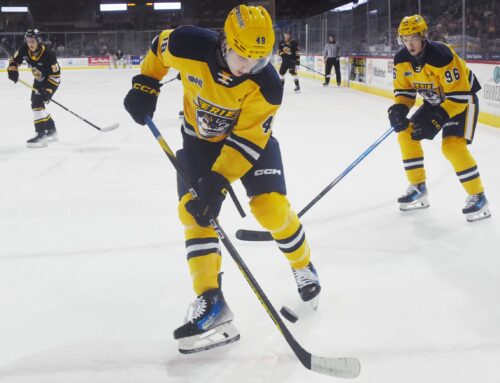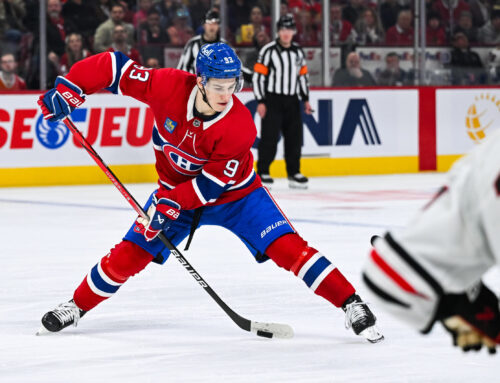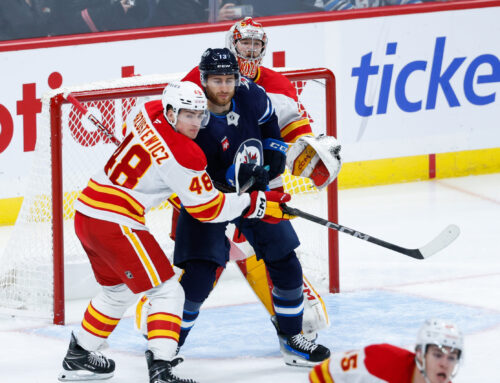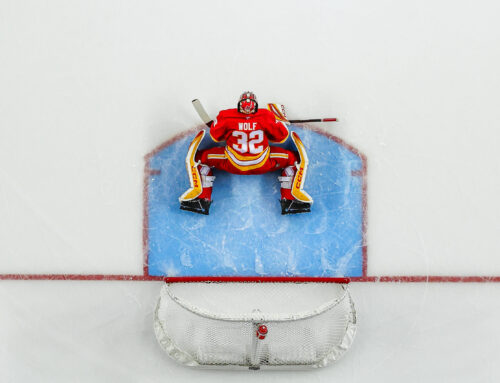
There are a couple of basic principles that I followed after joining a deep keeper league as an expansion team.
Building through the draft was particularly difficult in my league because it has no age restrictions on who can be drafted. Sidney Crosby was drafted in our league when he was just 14. So, finding good prospects that will pan out for you as NHL players requires diligent research and a lot of patience.
Most keeper leagues follow the NHL and players can't be drafted into the league until an NHL team owns their rights. Even in these circumstances, you need to do your homework and wait 3-5 years for most of them to start helping you out.
The principles that I follow are similar to those that an investor would use in picking individual stocks.
Learn how to do a proper valuation: This requires learning about a player's strength and weaknesses and figuring out if he's a good fit for your league. Is a defenseman going to be cast as a stay-at-home type in the NHL or does that two-way character forward have skating issues that make him destined to be a third or fourth-line player; these are the sorts of things you need to look at. Another thing you need to do to properly evaluate a player's upside is look at his physical maturity.
A player that is more physically mature as an 18-year-old might be more ready for the NHL, but has less room to develop. So, given equal talent and performance levels at 18, give me the player who has yet to fill out or, better yet, give me the skinny kid with a good skating stride who just needs to add leg strength and watch them bust out. By doing sound evaluations of your prospects before you draft them and closely following them to make sure they progress – always a key – you can help maintain a pipeline of talent that will keep you competitive. Separating the common stock from the blue-chippers will allow you cheaply acquire the types of players that usually cost a great deal on the trade market.
Know how to reap dividends from your assets: When you've committed to building a team through the draft, you need to take a long-term view. Waiting three-to-five years for a player should be something you're prepared to do. With the right kind of player, and with the right kind of valuation, you'll be richly rewarded. Not only will you watch your blue-chip prospect turn into an NHLer, but you'll have them on your team for years and they'll pay dividends for you for a long time.
This is why you should be cautious when trading away prospects. There are times when the numbers game will force you to unload some prospects from your farm, but unloading your bottom guys at a discount is always preferred to trading your best young players – that is until you're ready to make your run. Last year, I traded Steve Mason and John Tavares in a package that landed me Martin Brodeur. My league has carry-forward stats, so I was getting all of Brodeur's previous minutes and wins in the deal. It helped me win the league and had I not been in that position, I would not have given up so much of my team's future.
Trading prospects can be a difficult sell sometimes. Many fantasy GMs don't do enough homework to realize what a prospect's upside is. In many cases, trading a prospect to a GM that doesn't know what he's buying is foolhardy. You're better off walking away than trying to convince a GM that this a player is going to be something special. It's not unusual for fantasy GMs to consider lesser-known prospects as penny stocks: they're prepared to take a chance on them, but only if the price is cheap.
As with most championship-calibre teams, building a winner requires some well-timed trades. Converting some of your prospects into proven NHLers will accelerate your plan and converting aging players that don't play into your long-term players into usable assets is vital.
Drafting well and making good decisions on who to keep will allow you to build up the investment capital that will allow you to make takeover acquisitions at the appropriate time. And when you do that, you can light a nice big fat stogie to celebrate success like a Wall Street fat cat.
Follow me on Twitter @HockeyScribe





 EDM
EDM FLA
FLA DAL
DAL CHI
CHI OTT
OTT STL
STL CBJ
CBJ L.A
L.A ANA
ANA MTL
MTL
